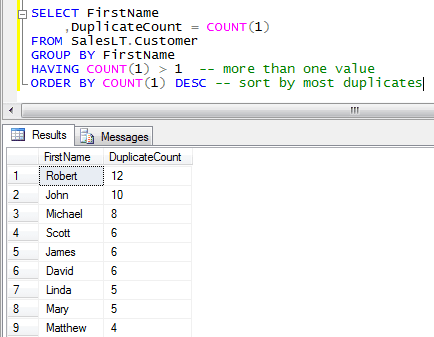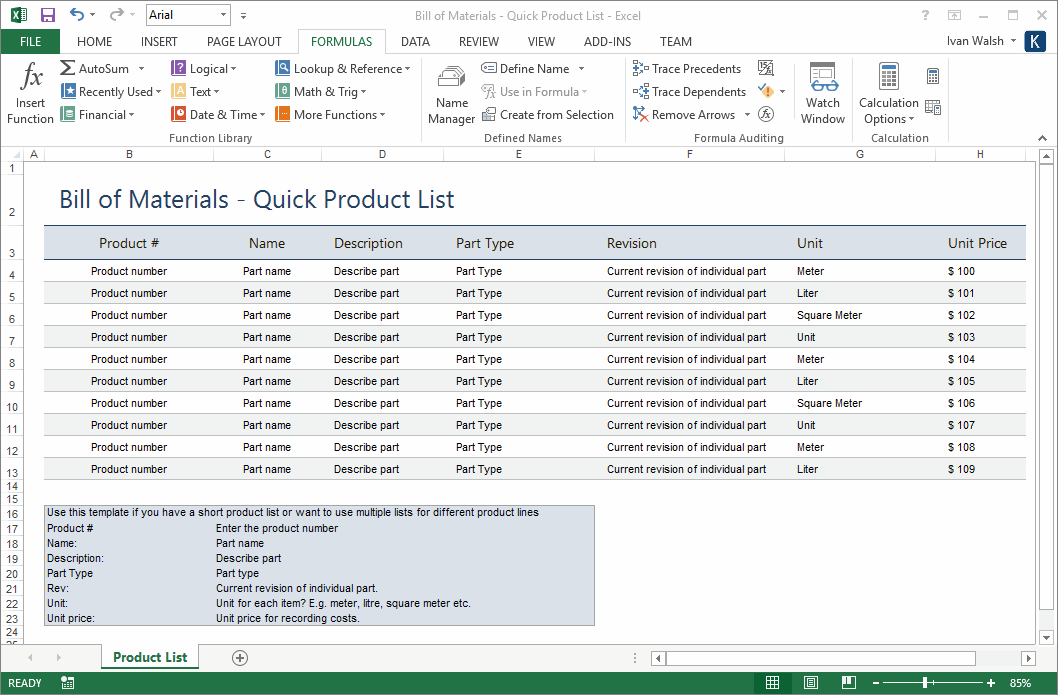

- #Ms word 2016 quick parts database sql table format how to
- #Ms word 2016 quick parts database sql table format code

#Ms word 2016 quick parts database sql table format code
Word wrapping is another option available in SSMS for formatting SQL code and it is in the General tab of All Languages under the Test Editor tab: Use the Make Lowercase command to convert to SQL code in lower case. To make SQL code to be in Upper case, in a query editor, select the desired SQL code and, from the Advanced sub-menu, pick the Make Uppercase command: In SSMS there are two format SQL code options for converting SQL code to Upper or Lower case. The light blue vertical line should appear, type a letter and dot (.): Press and hold the Alt key, positing a cursor next to the first column, click and drag down by holding left mouse click. For example, a column alias can be added for each table column in a SQL code. In addition, using this method can add a text multiple times at once. In the query editor, press and hold the Alt key, and using the left mouse click select the block of spaces that should be removed, and press the Delete key: This option is in the Advanced sub-menu of the Editor menu:īesides the Delete Horizontal White Space option for removing unnecessary spaces from the SQL code, there is one more option (alternative) which is a combination Alt key with the left mouse click. The Delete Horizontal White Space option is used to delete white spaces around the selected SQL code at once: When the Tabify Selected Lines command is used, the spaces in the selected SQL code will be converted to tabs:Īs mentioned above this can be done in the opposite way when the Untabify Selected Lines command is used.

Now, to indent SQL code, in the query editor, select a code and press the Tab key from the keyboard or from the SQL Editor toolbar, click the Indent button: If the Insert space is selected, then in the Tab size or Indent size, enter the number of space characters, each tab or indent represents respectively: To use space characters, choose the Insert space radio button. If you want to use the tab characters for tab and indent operations, select the Keep tabs radio button. In the Tab section of the Tabs tab, how many spaces compose a single indentation or tab can be set. With the Smart radio button selected, SSMS determines which indenting style will be used: When the Block radio button is chosen, the cursor aligns with the previous line when the Enter key is hit: When the None radio button is selected, every time when hitting the Enter key from the keyboard, the cursor in a query editor goes to the beginning of the next line: These three options are located under the Tabs tab of the All Languages sub-tab: In SSMS, there are three options for indenting of SQL code: Make all code in upper or lower case, comment/uncomment selected code, etc. SSMS provides a couple of options to format SQL code.
#Ms word 2016 quick parts database sql table format how to
This article will describe how to format SQL code using SQL Server Management Studio (SSMS) native options and how to format SQL code using a third-party SQL formatter tool.Ī well-formatted SQL code is easily readable and reviewing such code can be much easier and faster than a non-formatted SQL code.


 0 kommentar(er)
0 kommentar(er)
